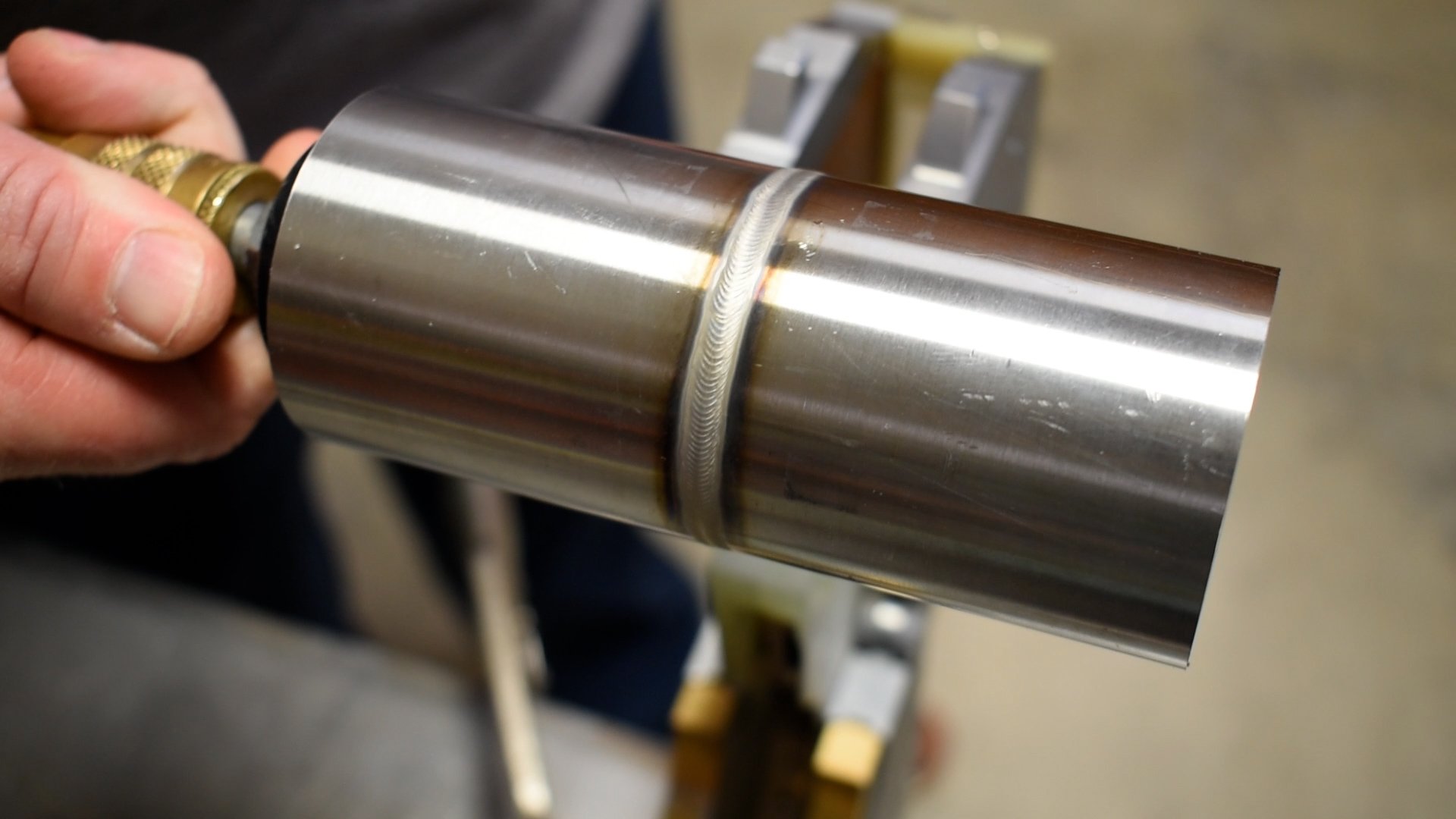Specialist Methods for Preventing Weld Undercut Properly
Specialist Methods for Preventing Weld Undercut Properly
Blog Article
Grasping the Art of Welding: Exactly How to Avoid Undercut Welding Issues for Flawless Fabrication Outcomes
Performance and accuracy are extremely important in the globe of welding, where even the least blemish can compromise the structural honesty of a made item. One typical challenge that welders face is damaging, a defect that can lead and deteriorate a weld joint to expensive rework. By recognizing the root causes of undercut welding and applying effective techniques to avoid it, welders can elevate their craft to new levels of quality (Preventing weld undercut). In the search of flawless fabrication outcomes, mastering the art of welding to avoid undercut problems is not simply an ability but a necessity for those pursuing perfection in their job.
Understanding Undercut Welding
To stop undercut welding, welders must make certain appropriate welding criteria, such as adjusting the present, voltage, traveling rate, and keeping the correct electrode angle. By understanding the causes of undercut welding and carrying out preventative measures, welders can attain top quality, structurally sound welds.
Causes of Undercut in Welding
Recognizing the factors that add to damage in welding is vital for welders to generate premium, structurally audio welds. Inadequate welding inaccurate or present welding rate can also contribute to damage. Recognizing these causes and executing correct welding techniques can help stop damaging concerns, guaranteeing durable and strong welds.
Methods to avoid Undercutting

To reduce the danger of damaging in welding, welders can use strategic welding techniques focused on improving the high quality and stability of the weld joints. One reliable approach is to readjust the welding specifications, such as voltage, existing, and take a trip speed, to make certain appropriate warm input and deposition. Keeping an ideal electrode angle and making certain regular traveling rate can additionally aid protect against undercut. In addition, making use of the right welding strategy for the certain joint setup, such as weave or stringer beads, can add to decreasing undercutting. Preventing weld undercut.
In addition, appropriate joint preparation, consisting of making sure clean base products complimentary of contaminants and making use of the proper welding consumables, is vital in avoiding undercut defects. Using back-step welding methods and regulating the weld bead account can likewise aid distribute warmth uniformly and minimize the danger of undercut. Regular assessment of the weld joint during and after welding, along with executing quality control actions, can aid in addressing and finding undercutting problems promptly. By executing these strategies diligently, welders can accomplish remarkable fabrication results with marginal undercut defects.
Value of Correct Welding Criteria
Picking and keeping appropriate welding parameters is important for accomplishing successful welds with very you can look here little problems. Welding click reference specifications refer to variables such as voltage, current, travel speed, electrode angle, and shielding gas circulation rate that directly influence the welding process. These specifications need to be very carefully readjusted based upon the sort of material being welded, its thickness, and the welding strategy used.
Appropriate welding specifications make sure the correct amount of heat is used to thaw the base metals and filler material evenly. If the criteria are established expensive, it can lead to excessive warmth input, triggering distortion, burn-through, or spatter. On the various other hand, if the specifications are too reduced, insufficient fusion, absence of penetration, or undercutting might occur.
Top Quality Assurance in Welding Operations

Verdict
Finally, understanding the art of welding calls for a thorough understanding of undercut welding, its causes, and techniques to stop it. By making certain correct welding criteria and applying quality control practices, remarkable construction results can be achieved. It is essential for welders to continually make every effort for quality in their welding operations to avoid undercut concerns and generate top notch welds.
Undercut welding, a typical defect in welding procedures, happens when the weld metal does not appropriately fill up the groove and leaves a groove or depression along the bonded joint.To avoid undercut welding, welders should make certain appropriate welding parameters, such as readjusting the present, voltage, travel rate, and maintaining the proper electrode angle. Insufficient welding existing or inaccurate welding speed can likewise contribute to damage.To mitigate the threat of undercutting in welding, welders can use tactical welding strategies aimed at boosting the quality and stability of the weld joints.In conclusion, grasping the art of welding calls for a complete understanding of undercut welding, its causes, and methods to avoid it.
Report this page